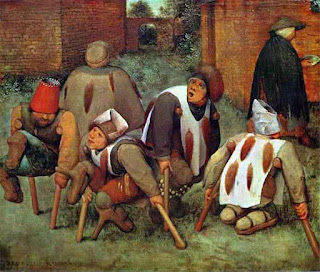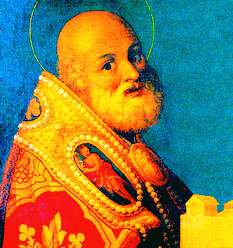During the reign of Chingli ..., 1041–1048, Bi Sheng, a man of unofficial position, made movable type. His method was as follows: he took sticky clay and cut in its characters as thin as the edge of a coin. Each character formed, as it were, a single type. He baked them in the fire to make them hard. He had previously prepared an iron plate and he had covered his plate with a mixture of pine resin, wax, and paper ashes. When he wished to print, he took an iron frame and set it on the iron plate. In this, he placed the types, set close together. When the frame was full, the whole made one solid block of type. [Dream Pool Essays, 11th century]As seen in the illustration above, Chinese needed many more individual blocks to accommodate the characters in the Chinese writing system.
At first, one cuts letters in beech wood. One fills a trough level with fine sandy [clay] of the reed-growing seashore. Wood-cut letters are pressed into the sand, then the impressions become negative and form letters [moulds]. At this step, placing one trough together with another, one pours the molten bronze down into an opening. The fluid flows in, filling these negative moulds, one by one becoming type. Lastly, one scrapes and files off the irregularities, and piles them up to be arranged. [Thomas Christensen (2007). "Did East Asian Printing Traditions Influence the European Renaissance?" Arts of Asia Magazine. 2006-10-18.]
The large number of individual characters needed for Korean—Korean used Chinese characters in a system they called hanja—made this process laborious. A solution was found several years before Gutenberg: Sejong the Great created a simplified alphabet of only 24 characters—called hangul—that would speed up the process of setting type. This did not catch on, however, as the elite refused to give up hanja in favor of making things easier for the masses. Another reason why movable type did not take off in Korea as it would in Europe under Gutenberg was a Confucian prohibition: the new printing method was only to be applied to government publications.





























